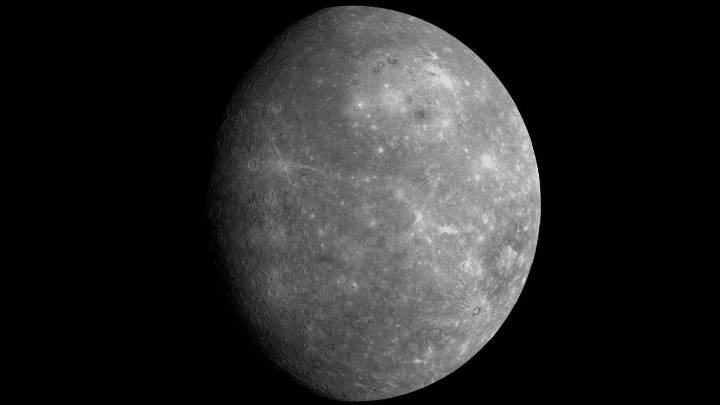Mercury will be farthest from the sun on Tuesday (Aug. 19), granting early risers a perfect opportunity to spot the fleet-footed world somewhat separated from the glare of our parent star.
Mercury treads such a tight orbit around the sun that it never strays far from the horizon. This makes it one of the trickiest planets to see, especially compared to Mars, Jupiter, Saturn, Uranus and Neptune, whose distant orbits beyond Earth allow them to appear high in the night sky depending on the time of year.
Astronomers call Mercury's farthest point from our the sun in the morning sky the point of "greatest western elongation," which will next occur at 8:25 a.m. EDT (12:25 GMT) on Tuesday.
Greatest elongation is the ideal time to spot Mercury during its morning appearance. Even then, it won't c

 Space.com
Space.com

 Amarillo Globe-News
Amarillo Globe-News Columbia Daily Tribune
Columbia Daily Tribune Corpus Christi Caller-Times
Corpus Christi Caller-Times Tribune Chronicle Community
Tribune Chronicle Community Florida Today
Florida Today The US Sun Health
The US Sun Health 19thnews
19thnews Just Jared
Just Jared